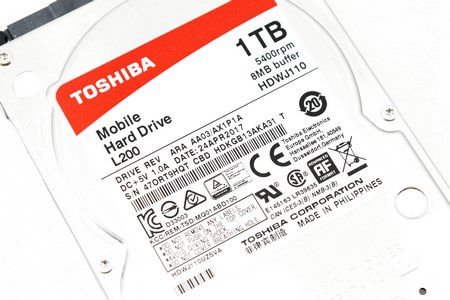INTRODUCTION
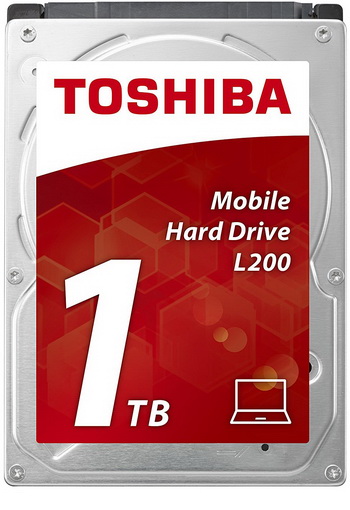
We all know that just like desktop systems are equipped with 3.5 inch mechanical disk drives notebooks/laptops come equipped with their smaller 2.5 inch cousins for two extra reasons (leaving out the obvious size difference) lower power consumption and temperatures. Granted due to their smaller size the 2nd can't beat the first in terms of raw performance but for use in places where size, power consumption and temperatures are of the utmost importance (including server arrays and game consoles) these are a one way currently (at least until the price/capacity ratio of SSDs gets closer). Now 2.5" mechanical drives may not be as fast as their 3.5" cousins but there are still high performance models aimed towards enthusiasts, professionals and gamers and entry level models aimed at consumers who are looking for an affordable way to expand the storage capacity of their notebooks/laptops and game consoles. The latest L200 line of 2.5" internal hard drives by Toshiba is designed for the latter and today we're taking the 1TB variant for a spin to see just what it's capable of.
Toshiba Electronics Europe (TEE) is the European electronic components business of Toshiba Electronic Devices and Storage Corporation. TEE offers a broad IC and discrete product line including high-end memory, microcontrollers, ASICs and ASSPs for automotive, multimedia, industrial, telecoms and networking applications. The company also has a wide range of power semiconductor solutions as well as storage products including HDDs, SSDs, SD Cards and USB sticks. TEE was formed in 1973 in Neuss, Germany, providing design, manufacturing, marketing and sales and now has headquarters in Dusseldorf, Germany, with branch offices in France, Italy, Spain, Sweden and the United Kingdom. TEE employs approximately 300 people in Europe.
The latest L200 (HDWJ110) 2.5 inch hard drive by Toshiba is a slim (just 7mm thick) single platter SATA 3.0Gbit/s model (currently available in 500GB and 1TB capacities) that features a rotational speed of 5400RPM and comes with a total of 8MB cache (just). In terms of technologies used the L200 packs several including perpendicular magnetic recording (higher storage density compared to the older longitudinal magnetic recording), tunnel magneto resistive recording (increased stability via more robust components), native command queuing (NCQ - increases performance and at the same time reduces wear) and an internal shock sensor complete with ramp load design (both are in place to guard your data against accidents and drops). As for the power consumption "plus" we mentioned earlier for 2.5" hard drives according to Toshiba the L200 doesn't surpass 1.5W while in use a number which is 4 times smaller compared to the 6W+ usually used by even the most power-optimized 3.5" models.
SPECIFICATIONS AND FEATURES

PACKAGING AND CONTENTS
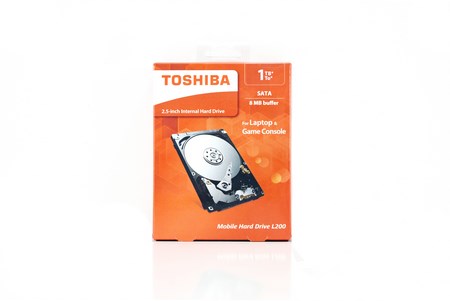 As always with retail packages at the front of the box we see a large product picture along with the company logo and drive capacity.
As always with retail packages at the front of the box we see a large product picture along with the company logo and drive capacity.
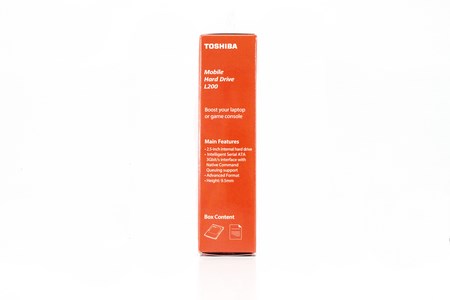
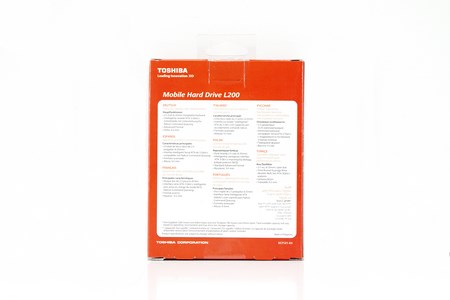 The main product features are listed on the right side of the box and at the rear this time however in 9 languages.
The main product features are listed on the right side of the box and at the rear this time however in 9 languages.
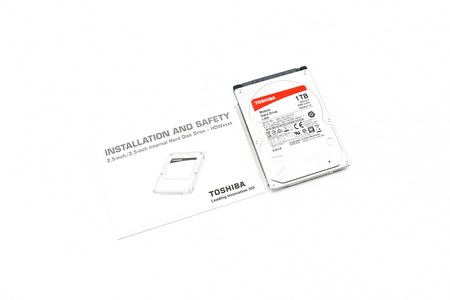 The box contains just the drive and an installation and safety guide.
The box contains just the drive and an installation and safety guide.
THE L200 1TB
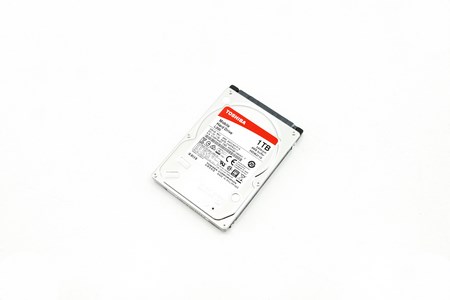 The L200 looks like any other 2.5" hard drive in the market so nothing new to see here really.
The L200 looks like any other 2.5" hard drive in the market so nothing new to see here really.
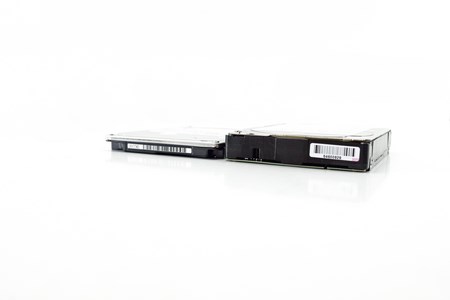 Of course 7mm thick means it fits in every laptop and game console unlike its 9.5mm brothers.
Of course 7mm thick means it fits in every laptop and game console unlike its 9.5mm brothers.
Once again a large sticker at the top includes the product serial and part numbers, factory roll out date (April 24th 2017), cache size, capacity, rotational speed, electrical specifications and several certifications.
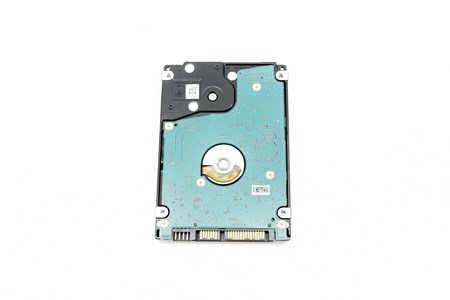 Turning the drive over we see that all the modules are placed on the other side of the PCB for extra protection.
Turning the drive over we see that all the modules are placed on the other side of the PCB for extra protection.
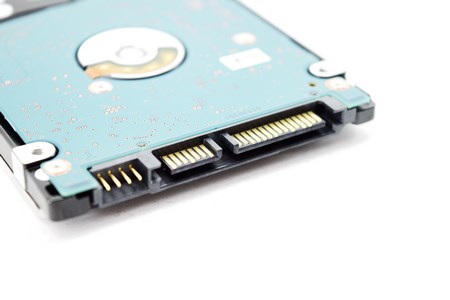 The typical SATA power and data connectors are placed at the rear right next to 4 metal pins.
The typical SATA power and data connectors are placed at the rear right next to 4 metal pins.
TEST BED
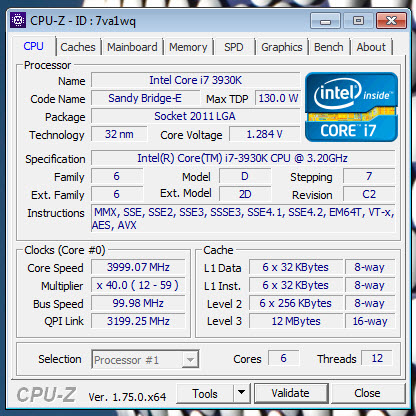

TESTING METHODOLOGY
Thoroughly testing hard disk drives may require time and patience but that's just about it. Of course that doesn't mean that one must take it lightly, at least not when people base their decision on your results. True some choose to only use 2 or 3 benchmarking suits in order to measure the performance of a drive or drives since quite honestly most benchmarking suites do tend to agree with each other (so it's not really wrong) but we always like to take things a step further not because we have to but because we want to be almost 100% certain of the results we get and post in our charts.
So in this kind of reviews we will use a total of 7 different benchmarking suites in an effort to bring you the most accurate results across the board. Now the only reason why i say effort is because real-world usage is not always on par with what results one gets by running several benchmarks on a drive and that's mainly because there are many variables at work from ambient temperatures to hardware configurations and even firmware versions. The benchmarking applications we use are the AIDA64 suite (former Everest Pro), HD Tune Professional (as of October 2016 we also record seek times of 3.5” drives), HD Tach RW, ATTO, Sisoftware Sandra Pro, Crystal Disk Mark 64bit and the PCMARK 7 (secondary storage suite). These benchmarking tools are the best in what they do and as you will also see later on their results more or less agree. Each test is performed a total of 6 times and then the average is recorded into the charts. Temperatures are recorded using Hard Disk Sentinel and after 45 minutes of continuous testing in a 23 degrees Celsius temperature controlled room. Finally on 3.5” drives we also use an ExTech HD600 dBA meter (5cm away) in order to accurately record their noise levels (during access), although if you don't turn off all system fans when doing so it's quite possible that you will never even hear the drive. The operating system as usual is a fresh installation of Microsoft Windows 7 Ultimate Service Pack 1 with every update installed up until the 1st of October 2017.
TEST RESULTS - AIDA64 / ATTO


TEST RESULTS - HD TACH RW / HD TUNE PRO


TEST RESULTS - SISOFTWARE SANDRA PRO / CRYSTAL DISK MARK X64
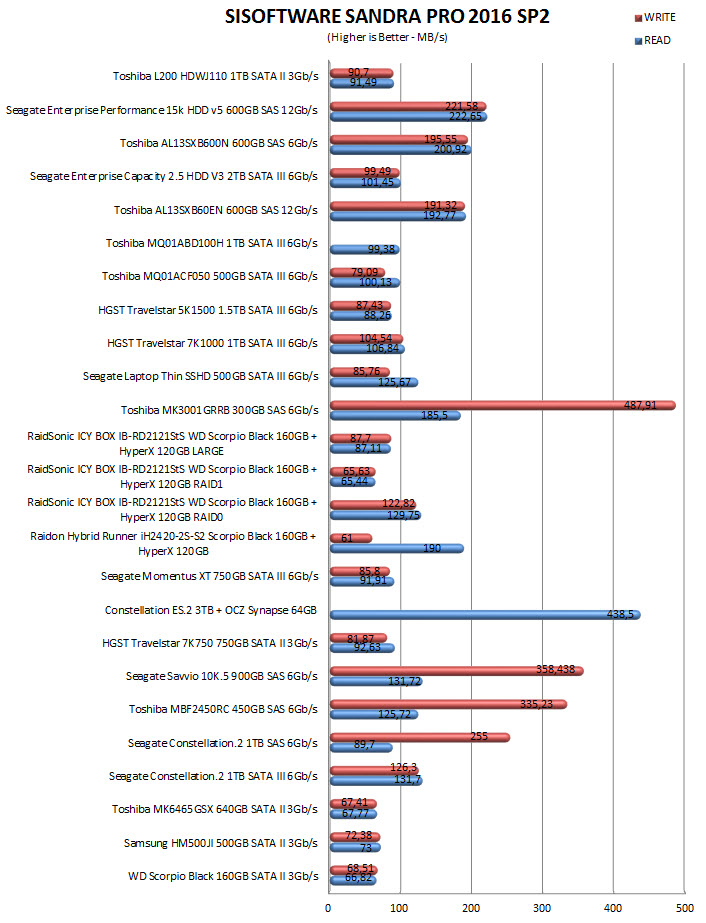

TEST RESULTS – PCMARK 7 / TEMPERATURES
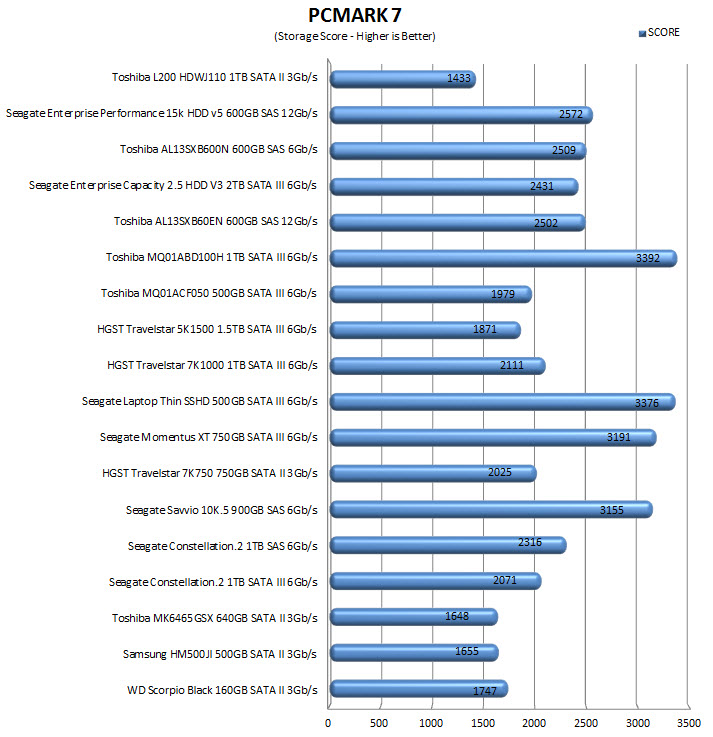

CONCLUSION
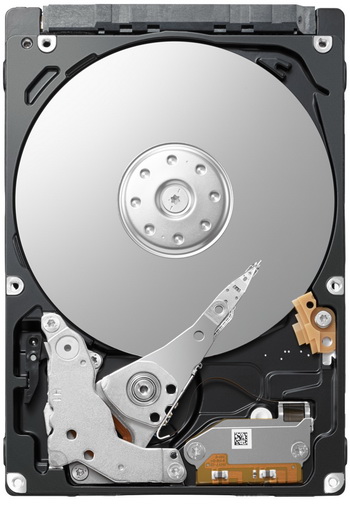
Toshiba has released numerous high-performance 2.5" hard drives to date (mostly SAS models) so seeing a 1TB model with entry level performance aimed towards people looking for a good bargain is not really a bad thing. True we’d all like it more had Toshiba used more cache with the L200 to further improve its read and write performance since these numbers do remind us of the quite older MK6465 GSX model again by Toshiba but considering that it was designed with casual consumers in mind we didn't really expect that to begin with. On the other hand we recorded some of the lowest temperature levels ever while testing the L200 so that along with the very low recorded power consumption while in use (1.5W) and slim design are its obvious selling points.
Speaking of a bargain just how much does the L200 1TB model cost? Currently you can find the L200 1TB (HDWJ110) for just USD49.99 inside the USA (Amazon.com) and for 50Euros inside the EU (Amazon.co.uk) a price which is actually quite balanced for what you’re getting. Of course if you’re looking for the best possible read and write performance or the highest possible capacity from a 2.5” mechanical drive the L200 is obviously not for you. However if 1TB is sufficient to cover your needs and performance comes second to price then in that case the L200 is a good bargain and we do recommend checking it out.
PROS
- Quality
- 7mm Thick (Slim)
- 1TB Capacity
- Low Temperature Levels
- Low Electrical Requirements (1.5W At Load)
- Price (For Some)
CONS
- Overall Performance
- SATA II 3Gb/s
- Only Available At 500GB/1TB Capacities

 O-Sense
O-Sense





